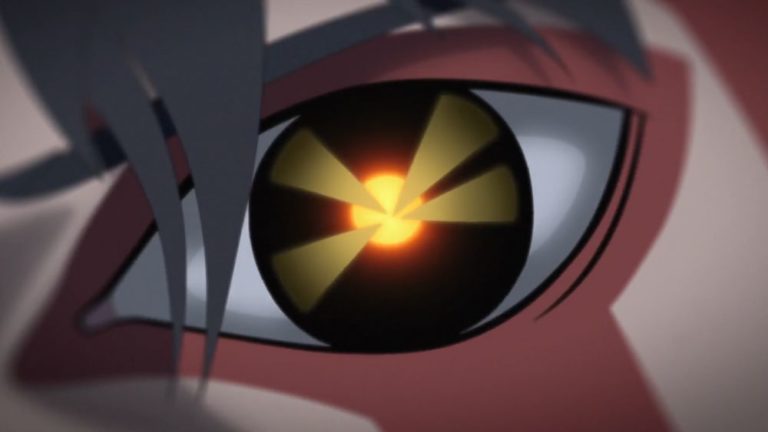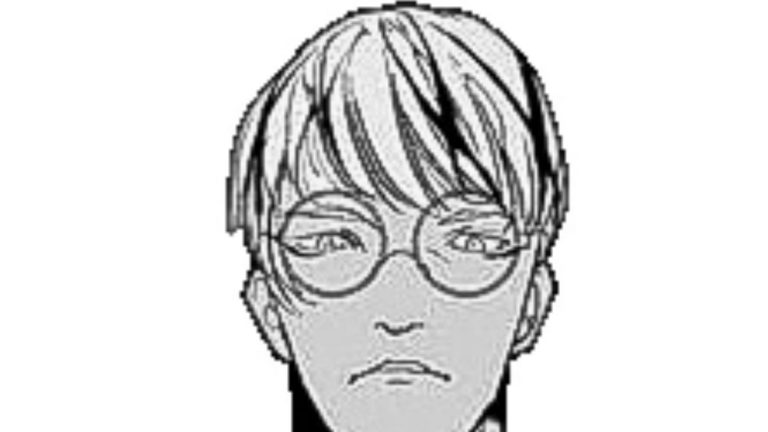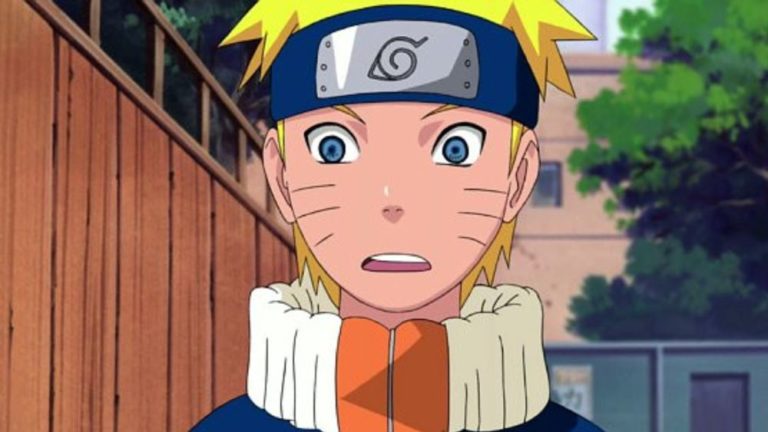Unveiling The True Shadow Hokage Meaning
Unveiling The True Shadow Hokage Meaning
Anime aficionados and those new to the fantastic universe of ninjas, get ready! We’re about to dive into the enigmatic and vastly intriguing concept of the Shadow Hokage. If you’re a Naruto fan, you’ve likely heard whispers of this term, but understanding the true shadow hokage meaning can be as elusive as the ANBU operatives lurking in the backdrop of the Hidden Leaf Village.
Key Points:
- The Shadow Hokage is a clandestine protector in the Naruto universe, operating from the shadows to safeguard the village.
- Sasuke Uchiha becomes the Shadow Hokage, using his unique skills and experiences to fulfill this covert role.
- The Shadow Hokage complements the official Hokage, providing silent support and protection.
- This role balances the light and shadow of leadership, ensuring the village’s safety and diplomatic success.
- The Shadow Hokage operates without official recognition, acting with strategic autonomy to protect the village.
- The concept of the Shadow Hokage reflects the duality of leadership in the ninja world, embodying the balance between visible and unseen power.
For the uninitiated, ‘Hokage’ is a title bestowed upon the leader of Konohagakure, a ninja village in the massively popular anime, Naruto. But what happens when you add the word ‘shadow’ to this high-powered title? The layers deepen, the intrigue heightens, and suddenly, you’re peering into a part of the ninja world that operates from… well, the shadows.
So, whether you’ve been following every step of Naruto’s journey or you’re just taking your first steps into Konoha’s lore, brace yourselves! We’re about to unveil the essence of what it means to be a Shadow Hokage, its crucial role in the ninja society, and how it shapes the dynamics of power within one of the most beloved anime series of all time. OMG, the anticipation is literally killing me!
The Concept of the Shadow Hokage
To truly grasp the shadow hokage meaning, it’s essential to recognize its distinct role within the narrative of Naruto. Think of it as a clandestine version of a bodyguard, an unseen protector whose life’s mission is ensuring the safety of the village from threats lurking beneath the surface. While the Hokage stands as the face of leadership and power, the Shadow Hokage operates from the background, vigilant and ever-prepared to act without glory or acclaim.
Origin of the Shadow Hokage Title
The origin of the Shadow Hokage title is not something you’ll find in just any databook or fan guide. It emerged organically, sprouting from the necessity of protecting the village in a capacity that was unconventional; not from the throne or the spotlight, but from the fading echos of footsteps within the night.
This clandestine designation traces back to the inception of Konoha itself. Formed to create balance and safeguard the village in ways the traditional Kage could not, the Shadow Hokage became an integral addition to the hidden infrastructure of ninja society.
The Shadow Hokage title emerged organically as a necessity to protect the village in unconventional ways, adding an integral layer to the hidden infrastructure of ninja society.
The Role and Duties of a Shadow Hokage
Distilling the role of a Shadow Hokage, it’s like they stitch the fabric of the village’s safety invisibly and meticulously.
- Observation: Their eyes might as well be everywhere. Monitoring threats and gathering intelligence on potential dangers to the village is key.
- Intervention: They act without hesitation, neutralizing threats before they even emerge into the public eye.
This incognito protector assumes the burden of the village’s dark deeds – the kind that keep other nations at bay but might blemish the Hokage’s bright image. Their role is laced with secrecy, demanding a character that’s enigmatic yet utterly dedicated to the village. The importance of the Shadow Hokage cannot be overstated, as they are pivotal in maintaining the intricate balance between sunlight and shadow, the seen and unseen, the public face and the secret hand.
Sasuke Uchiha as the Shadow Hokage
Sasuke Uchiha, with eyes that have witnessed the depth of darkness and the possibility of redemption, occupies this role of the Shadow Hokage with a quiet intensity. His personal narrative and abilities make him uniquely suited to operate within the gray spaces that define this covert position.
Sasuke’s Journey to Becoming the Shadow Hokage
Sasuke’s path to becoming the Shadow Hokage is nothing short of a roller-coaster ride of emotions and conflicts. Having walked through the fire of his own personal hell, with the weight of avenging his clan on his shoulders, Sasuke emerges from the other side tempered and reforged.
- Redemption: His quest for atonement became his driving force, morphing his once-misguided rage into a promise to protect.
- Evolution: Sasuke’s evolution from a vengeful spirit to a guardian in the shadows is a testament to his unwavering will and complex moral compass.
This transformation shakes the perception of Sasuke as just an antagonist, refashioning it into the narrative of a man who takes on the role of shadow so that the light of the Hokage can shine unimpeded.
How Sasuke Complements the Official Hokage
Sasuke’s role is to be the silent echo to Naruto’s resonant voice; while Naruto weaves a tale of hope and unity, Sasuke ensures those themes remain unclouded by external threats.

- Contrast: His cool demeanor is the foil to Naruto’s warmth, providing a balance that’s as crucial as it is subtle.
- Support: Sasuke’s actions breathe support into the Hokage’s role indirectly, often in ways that go unnoticed until much later – if at all.
Their dynamics are those of an old tale: the king and his shadow, each with their own burden to bear, yet together they form a circle of protection, so tight even the sharpest of kunai couldn’t slice through.
The Significance of the Shadow Hokage in the Hidden Leaf Village
The inclusion of the Shadow Hokage wove an additional layer of intrigue and depth to the already rich tapestry of the Naruto world. Its significance lies not just in what is done, but in the fact that those things remain shrouded in silence, preserving the sanctity of the village in a way that is almost poetic.
Balancing the Light and Shadow of Leadership
The duality of leadership within Konoha is beautifully epitomized in the roles of the Hokage and the Shadow Hokage. This balance reflects the yin and yang, the light and shadow that are fundamental to the ninja world.
- Coexistence: Light cannot exist without shadow, and the Shadow Hokage ensures that the light of the village’s leadership never dims.
- Symbiosis: Each role feeds into the other, creating a symbiosis that’s as necessary as it is profound.
The duality of leadership in Konoha, represented by the roles of the Hokage and the Shadow Hokage, reflects a symbiosis and balance essential to the ninja world.
The Shadow Hokage’s Impact on Village Security and Diplomacy
The Shadow Hokage doesn’t just lurk in the shadows for effect; their presence is a pivotal pillar in the village’s overall strategy.
- Village Security: Imagine a shield that’s invisible but impenetrable, that’s how the Shadow Hokage functions in protecting the village.
- Diplomacy: They are also the unseen hand guiding diplomatic ties, resolving conflicts from the darkness so peace can thrive in the light.
This nuanced approach to village protection and foreign affairs isn’t just smart; it’s what’s kept the Hidden Leaf Village thriving and bustling for generations. The Shadow Hokage is the unsung hero, the whisper in the wind that says, “Not on my watch.”
Comparing the Shadow Hokage to Traditional Kage Roles
When the term “Kage” echoes through the anime fandom, images of formidable leaders wielding ultimate authority come to mind. Traditional Kage roles are revered positions, with individuals serving as both the face and force of their respective villages. Yet, the intrigue of the Shadow Hokage lies in its enigmatic presence, a concept that steps away from convention and explores new dynamics in the ninja world hierarchy.

Differences Between the Shadow Hokage and the Kage
The Shadow Hokage tiptoes in an area beyond the limelight, unlike the well-documented Kage pedestal. Here the spotlight blinds none, for the role is shrouded in secrecy and cloaked in subtlety. The most striking difference is the lack of official recognition – where a Kage’s authority is proclaimed, the shadow hokage’s influence is like an unseen whisper, guiding without governance.
Underlining this clandestine role, the shadow hokage operates without the administrative burdens that often tether a Kage. This freedom allows them to act detached from political constraints, focusing solely on protecting the village in ways that complement and support the Hokage’s more visible efforts.
Historical Precedents for Unofficial Leadership Roles
Anime has long flirted with the concept of hidden protectors. From the stealthy Anbu to the wisdom behind an elder’s counsel, secondary support roles have been pivotal in many a plot. In real-world history, numerous shoguns ruled through appointed emperors, a subtle nod to power behind the throne – where a symbol governs, a shadow leads.
These precedents offer a glimpse into how the hidden leaf’s approach to leadership isn’t as far-fetched as it may appear. The position of shadow hokage, therefore, is not simply a fanciful creation but a strategic embodiment of an unspoken truth: Effective power doesn’t always roar. Sometimes it moves in silence, like the deadly precision of a ninja in the night.
FAQs
What is the difference between the Hokage and the Shadow Hokage?
The difference between the Hokage and the Shadow Hokage is significant, with the Hokage being the official leader and public figurehead of the village, while the shadow hokage acts behind the scenes, addressing threats with covert operations and strategic autonomy.
Why was Sasuke Uchiha chosen as the Shadow Hokage?
Sasuke Uchiha was chosen as the Shadow Hokage because of his unparalleled skills, deep understanding of darkness, and a firm resolve to protect the Hidden Leaf Village from emerging threats without the burdens of conventional leadership.
Does the Shadow Hokage hold official power within the village?
The Shadow Hokage does not hold official power within the village in a traditional sense. Instead, this role wields its influence subtly, complementing the Hokage by undertaking missions that safeguard the village’s interests from the shadows.
Have there been other Shadow Hokages in the history of the Hidden Leaf?
As of the records and lore available, there have been no other acknowledged Shadow Hokages in the history of the Hidden Leaf prior to Sasuke Uchiha. His role is a unique evolution in the village’s governance.
Conclusion
In essence, understanding the shadow hokage meaning unwraps layers of a nuanced protector. It is a concept that speaks volumes about the evolution of leadership within the intricate world of shinobi. As the leaves of the Hidden Leaf rustle with whispers of legacy and lore, we find a beautiful convergence of light and shadow that defines the village.
The Shadow Hokage becomes a symbol of silent dedication – a vigilant guardian whose existence is seldom sung but deeply felt. In a twist of fate, Sasuke’s redemption arc reaches its culmination, giving rise to the quintessential hero in #shadowhokage form, shadowing the brilliance of the flame that is the Hokage.
May Sasuke’s journey inspire newcomers and longtime fans alike, as we delve into the profound depths of character growth and seek the truth that lies beneath the surface of titles and roles. And with that, I bid you an affectionate ja ne, the catchphrase that waves goodbye as a friend who’s shared a soulful anime marathon together. Until next time, keep the spirit of the Shadow Hokage alive within you.
- Alex
This article uses material from the Naruto wiki at Fandom and is licensed under the Creative Commons Attribution-Share Alike License.







